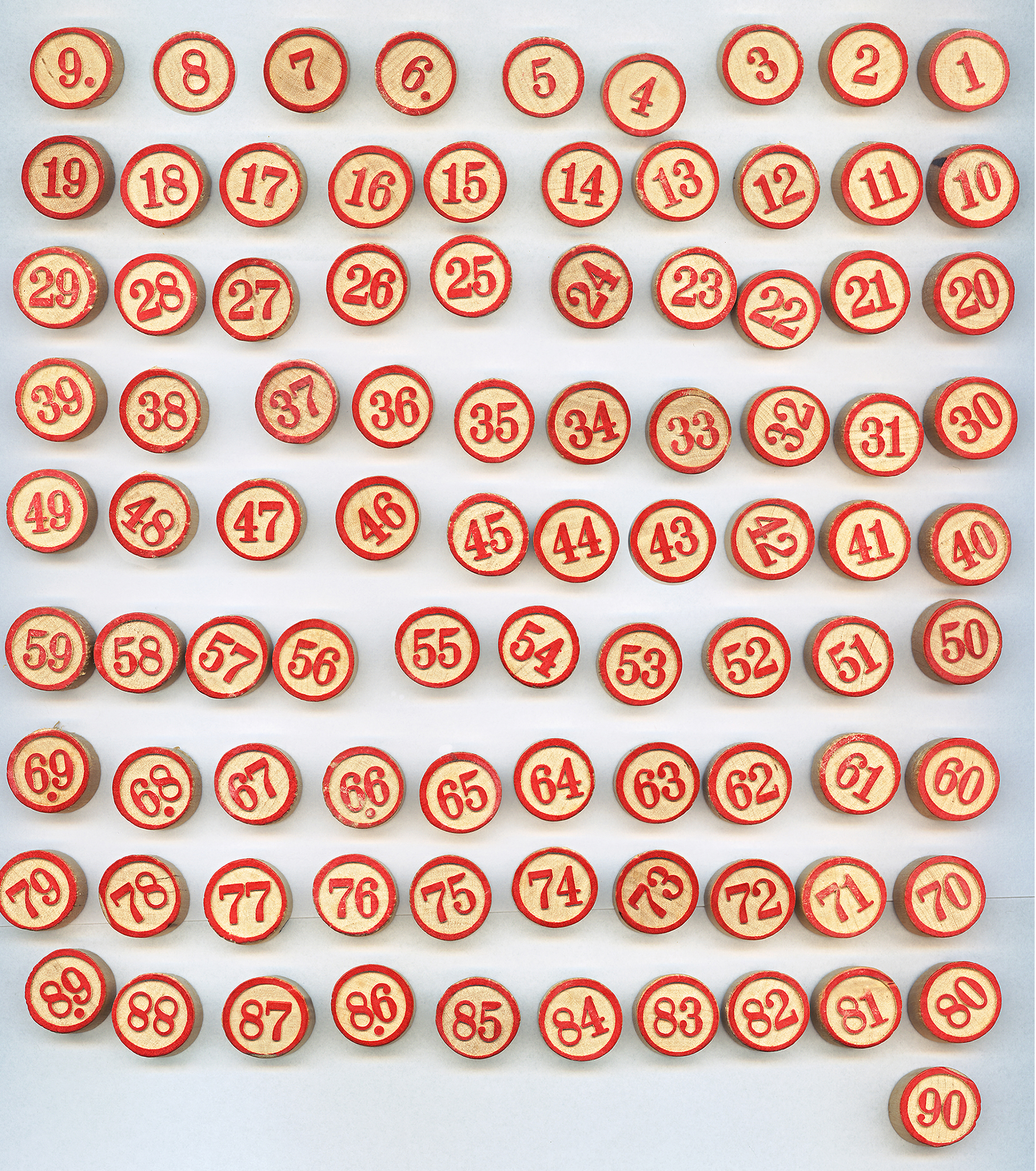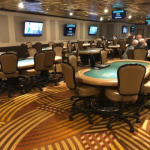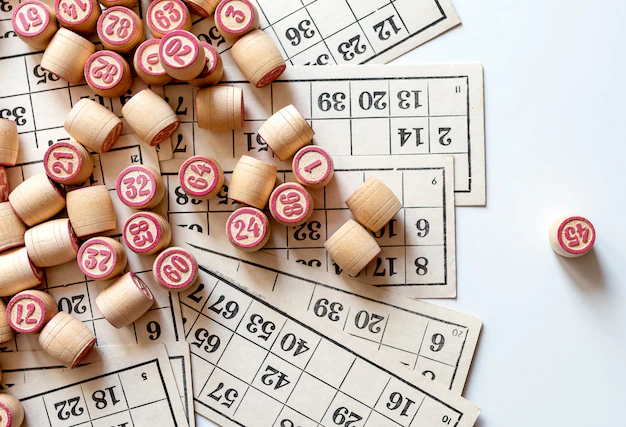Bingo, a beloved game of chance that has captured the hearts of millions worldwide, comes in various forms and variations. While the core rules remain relatively consistent, there are distinct differences between American and British Bingo that add unique flavors to the game. Whether played in large function halls or online bingo, bingo has been played for countless generations. In this article, we will delve into the distinctions that set American and British Bingo apart, shedding light on how cultural nuances and historical influences have shaped each version.
The Basics Of Bingo
Before we dive into the differences, let’s briefly review the fundamental principles of Bingo. The game revolves around a grid of numbered squares, typically arranged in a 5×5 format, though variations exist. Players purchase cards with random numbers from within a predetermined range. A caller selects numbers one by one, and players mark off these numbers on their cards. The objective is to complete a specific pattern, such as a line, an “X,” or a full card, by marking off all the called numbers. Once a player achieves the designated pattern, they call out “Bingo!” and claim their prize.
American Bingo
- The Bingo Card: American Bingo cards feature a 5×5 grid with 75 numbers. The columns are labeled “B,” “I,” “N,” “G,” and “O,” reflecting the five letters of the game’s name. The numbers in each column adhere to specific numerical ranges (B: 1-15, I: 16-30, N: 31-45, G: 46-60, O: 61-75).
- Caller Phrases: In American Bingo, the caller typically announces the numbers using a traditional rhyming phrase, making the game more engaging and fun. For example, “B-9, it’s a doctor’s rhyme, B-9.”
- Speed and Complexity: American Bingo is often played at a faster pace than its British counterpart, with a greater number of balls called per minute. Additionally, American Bingo tends to incorporate more complex patterns, such as diagonal lines or four corners, which add an extra layer of excitement to the game.
British Bingo
- The Bingo Card: British Bingo cards are formatted as 9×3 grids with 15 numbers. The numbers are divided into three columns: 1-9, 10-19, and so on, up to 90.
- Caller Phrases: British Bingo callers are known for their witty and humorous banter. Instead of rhyming phrases, they often engage in light-hearted conversation with the players and use nicknames for the numbers. For example, “Two little ducks, twenty-two” or “Legs eleven, eleven.”
- Social Aspect: British Bingo is renowned for its strong social component. It is often played in bingo halls and clubs, where players gather for an evening of entertainment, camaraderie, and the chance to win prizes. The social interaction and sense of community are central to the British Bingo experience.
- Prize Structure: British Bingo typically offers a tiered prize structure, where players can win different amounts based on achieving various patterns, such as one line, two lines, and a full house (all numbers marked off). This adds an extra layer of excitement and anticipation to the game.
Conclusion
While American and British Bingo share a common origin, the two versions have evolved differently over the years, reflecting the cultural and historical influences that have shaped them. American Bingo tends to be faster-paced and emphasizes complex patterns, while British Bingo places a premium on social interaction, witty banter, and a tiered prize structure. Whether you prefer the lively atmosphere of a British bingo hall or the thrill of an American bingo game, both versions offer a unique and enjoyable gaming experience that continues to captivate players on both sides of the Atlantic.







